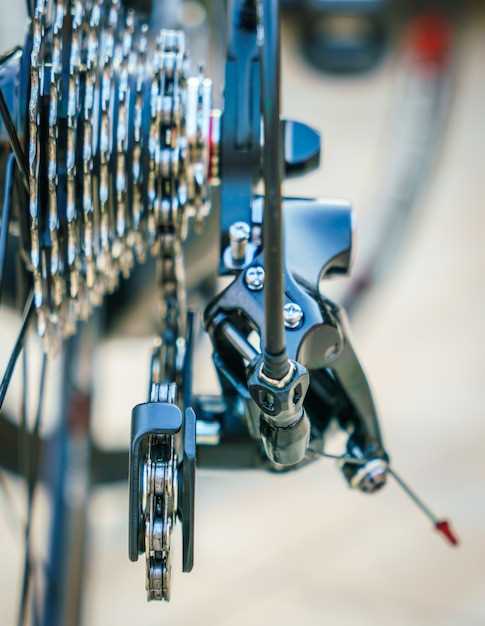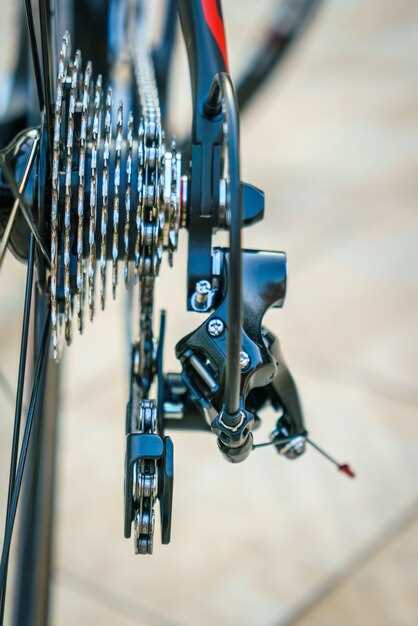
Are you tired of feeling every bump in the road during your daily drives? Upgrading your suspension system is the key to achieving a more comfortable and enjoyable ride. A well-tuned suspension not only enhances comfort but also improves vehicle handling and safety, making it an essential upgrade for every car enthusiast.
Investing in your vehicle’s suspension can lead to significant improvements in performance. Whether you’re navigating city streets or tackling off-road trails, a premium suspension system absorbs shocks and vibrations, providing a smoother ride on any terrain. By optimizing your suspension, you ensure that your wheels maintain better contact with the road, resulting in improved traction and control.
Don’t overlook the importance of a quality suspension system. Many drivers underestimate how much a poor suspension can affect their overall driving experience. By upgrading, you not only enhance comfort but also prolong the lifespan of your vehicle. Say goodbye to bumpy rides and hello to a new level of performance.
Choosing the Right Suspension Components for Optimal Comfort

Selecting the ideal suspension components is crucial for enhancing your vehicle’s comfort while driving. Different types of suspension systems, such as coil springs, leaf springs, and shocks, play a significant role in how the vehicle absorbs bumps and irregularities on the road. Understanding each component’s function can help you make informed choices.
Coil springs offer excellent flexibility, allowing the vehicle to maintain a smooth ride over varying terrains. They can effectively absorb shocks and provide support, ensuring that the vehicle doesn’t bounce excessively. When evaluating coil springs, it’s essential to consider their rate and material, as these factors directly influence ride comfort.
Shock absorbers are another critical component. They control the oscillation of the springs, preventing unwanted bouncing and ensuring a stable ride. For optimal comfort, look for shocks specifically designed for your vehicle type and driving conditions. Advanced models with adjustable settings allow drivers to fine-tune the ride to suit personal preferences.
Leaf springs are commonly used in trucks and SUVs and provide strength and durability. While they may not offer the same level of comfort as coil springs, newer designs incorporate features that enhance ride quality significantly. Consider upgrading to a multi-leaf design for improved flexibility and comfort.
Investing in quality components and ensuring they are compatible with your vehicle is essential for achieving the best results. Consult with a suspension specialist to customize your system for maximum comfort. A well-chosen suspension setup will enhance not only your riding experience but also improve overall handling and vehicle performance.
How to Install New Suspension Parts Without Professional Help

Upgrading your suspension system can significantly enhance your ride quality and overall vehicle performance. Installing new suspension parts might seem daunting, but with the right tools and knowledge, you can complete the task without professional assistance.
Before you begin, ensure you have all necessary tools, including a hydraulic jack, jack stands, wrenches, sockets, and possibly a spring compressor, depending on the components being replaced. Additionally, gather your new suspension parts, such as shocks, struts, or coilovers, as well as a repair manual specific to your vehicle, which can provide vital guidance throughout the process.
Start by parking your vehicle on a flat surface and securely raising the front or rear end using the hydraulic jack. Once elevated, place jack stands under the vehicle for added safety. Remove the wheels to gain access to the suspension components.
Identify the parts you need to replace. If you are replacing shocks or struts, locate the mounting points. Remove the old parts by loosening the bolts and detach them carefully. If you’re dealing with coil springs, a spring compressor may be required to safely unload tension before removing the old shock or strut assembly.
Install the new suspension components by reversing the removal process. Ensure that bolts are tightened to the manufacturer’s specifications using a torque wrench. Double-check that all components are installed correctly and securely.
After everything is in place, reattach the wheels and lower the vehicle back to the ground. It is wise to conduct a test drive to feel the improvements in ride quality. Be attentive to any unusual noises or handling issues, which may indicate a need for further adjustments.
With careful attention to detail, upgrading your suspension without the help of a professional can be a rewarding project that leads to an enhanced driving experience.
Maintaining Your Suspension System for Long-Lasting Performance
To ensure a smooth and comfortable ride, regular maintenance of your vehicle’s suspension system is crucial. Over time, components such as shocks, struts, and springs can wear out, leading to decreased performance and compromised comfort. Here are key steps to help you maintain your suspension for optimal performance.
1. Regular Inspections: Periodically inspect your suspension system for signs of wear, such as leaking fluids or abnormal noises. Look for cracks or damage in the springs and other components. Catching issues early can prevent further damage and maintain your ride quality.
2. Check Alignment: A proper wheel alignment is essential for even tire wear and effective suspension performance. Misalignment can lead to a rough ride and diminished handling. Schedule alignments regularly, especially after any significant suspension work or when you notice uneven tire wear.
3. Replace Worn Components: If you notice signs of wear in your shocks or struts, it’s vital to replace them promptly. Worn components negatively affect ride comfort and overall safety. Choose high-quality replacement parts to ensure long-lasting performance.
4. Maintain Proper Tire Pressure: Keeping your tires inflated to the recommended pressure supports the suspension system and enhances ride comfort. Under- or over-inflated tires can lead to poor handling and increased strain on suspension components.
5. Clean Suspension Components: Dirt and debris can accumulate on suspension parts, hindering performance. Regularly clean the suspension components to ensure they function optimally. This can help increase the lifespan of various parts.
By following these maintenance tips, you not only prolong the life of your suspension system but also ensure a more comfortable and enjoyable ride. Remember, a well-maintained suspension can significantly improve your driving experience.




